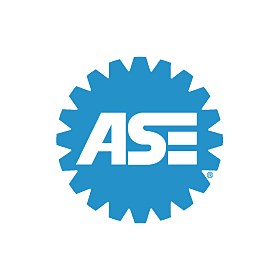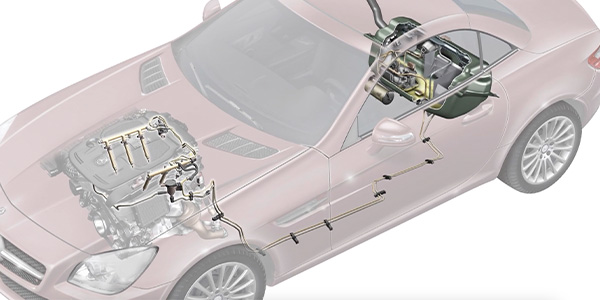
“Interpret OBD II scan tool data stream, diagnostic trouble codes (DTCs), freeze-frame data, system monitors, monitor readiness indicators, and trip and drive cycle information to determine system condition and verify repair effectiveness.”
What ASE is talking about are the modes of OBD II scan tool protocol. Modes are usually denoted by a dollar sign and a two-digit number. While most rookie technicians can use a scan tool without being aware of what the modes mean, L1 certified technicians should know what the modes are for advance diagnostic and tool usage for some undercar systems like ABS and emissions.
Mode $01: Used to identify what powertrain information is available to the scan tool.
Mode $02: Displays freeze-frame data.
Mode $03: Lists the emission-related “confirmed” DTCs stored. It displays exact numeric, four-digit codes identifying the faults.
Mode $04: This mode is used to clear emission-related diagnostic information. This includes clearing the stored pending/confirmed DTCs and freeze-frame data.
Mode $05: Displays the oxygen sensor monitor screen and the tests.
Mode $06: This type of information is a request for On-Board Monitoring Test Results for Continuously and Non-Continuously Monitored Systems. There are typically a minimum value, a maximum value and a current value for each non-continuous monitor.
Mode $07: In this mode, the scan tool sends a request for emission-related DTCs detected during the current or last completed driving cycle. It enables the external test equipment to obtain “pending” DTCs detected during the current or last completed driving cycle for emission-related components/systems. This is used after a vehicle repair, and after clearing diagnostic information to see test results after a single driving cycle to determine if the repair has fixed the problem.
Mode $08: Bi-directional testing of components.
Mode $09: Retrieve vehicle information like the VIN and the calibration identification.
Mode $0: Lists emission-related “permanent” DTCs stored. As per CARB, any DTC that is commanding the MIL on and is stored into non-volatile memory will be logged as a permanent fault code.
How To Diagnose Slow or Sluggish Oxygen Sensors
When oxygen sensors are tested, manufacturers will introduce small amounts of oil to measure sensitivity.
An engine management system is always trying to find the perfect air/fuel ratio. But it is next to impossible to walk the line between too rich or too lean. With every revolution of the crankshaft, small changes in the air, fuel and operating conditions can cause changes to the oxygen content coming out of the exhaust port.
E-15 Ethanol Damage to Fuel Pumps
One of the problems with ethanol is how it reacts to water in the air and in the tank.

Oxygen Sensor Questions Answered
If an O2 sensor is not reading properly or is borderline, it should be replaced regardless of its age or mileage.

Managing (DPF) Diesel Particulate Filter Regeneration Cycles
The DPF is designed to store the soot and ash, to later burn them off during a regeneration cycle.

Ultimate Underhood – Gasoline Particulate Filters
Just like a DPF, a gasoline particulate filter (GPF) traps and stores soot particles in the exhaust stream.

Other Posts
How-to Complete Emissions Monitors Faster
This video will focus on how a product like CAT COMPLETE can improve the chances of completing the monitors faster. This video is sponsored by Rislone.

U.S. House Schedules Vote to Stop EPA Emissions Mandate
The bill would prohibit the EPA from finalizing federal emissions standards for light- and medium-duty vehicles model years ’27 to ’32.
Forecast: 80% Drop In U.S. Transportation Emissions By 2050
NREL says rapid adoption of zero-emission vehicles is critical to reduce emissions.

Understanding Emissions
Modern EVAP systems are selective with how they vent vapors back into the engine. Sponsored by Standard.






